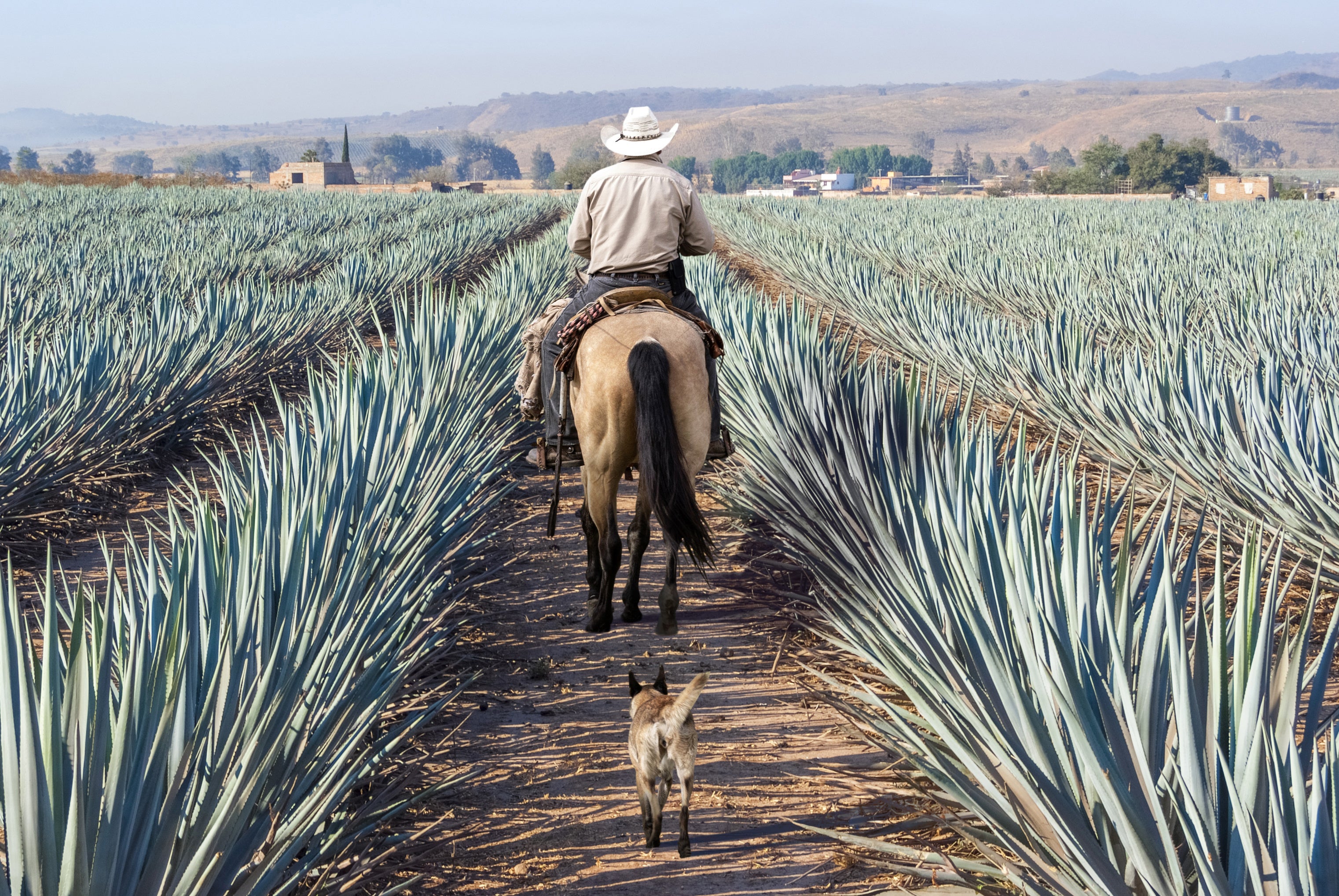When you first arrive in Oaxaca, Mexico, one of the first things you’ll notice is the number of mezcalerías around — i.e. the bars where Mexico's agave spirit, Mezcal, is served. You see, in Mexico, Mezcal is more than a drink, it is a cultural emblem.
Interestingly, the Mezcal tradition in Mexico is a family-driven, community endeavor. It embodies the spirit of this magical region, where culture, artisanal mastery, ancestral traditions and a deep connection to nature form the essence of life. The name Mezcal comes from Metl or Mexcalmetl, the prehispanic Nahuatl language, meaning agave, and the drink is classified as a heritage spirit of Mexico.
Mezcal is mostly produced in the Oaxacan region of Mexico. Considered the drink of the people, many local distillers — maestras mezcaleras — make the spirit in the same artisanal way it was made over 500 years ago. And here in lies the intrigue of this ancestral beverage: Steeped in every shot of artisanal Mezcal is centuries of tradition and ancestral techniques.
Mezcal’s intrigue is also tied to the sacred agave plant from which it is derived. Agave, or maguey as locals call it, can take up to 10 years to mature. Some are so rare that a maestra mezcalera might find only 10 plants in their lifetime. In Mexico, the Jimador is a type of farmer who harvests agave plants -- a process which requires a lot of skill. The agave hearts are called "piñas" because they look like pineapples, and they weigh up to 90 kilos. Using ancestral methods, 3 men could work for up to 14 hours to mil 1 ton of agave.


